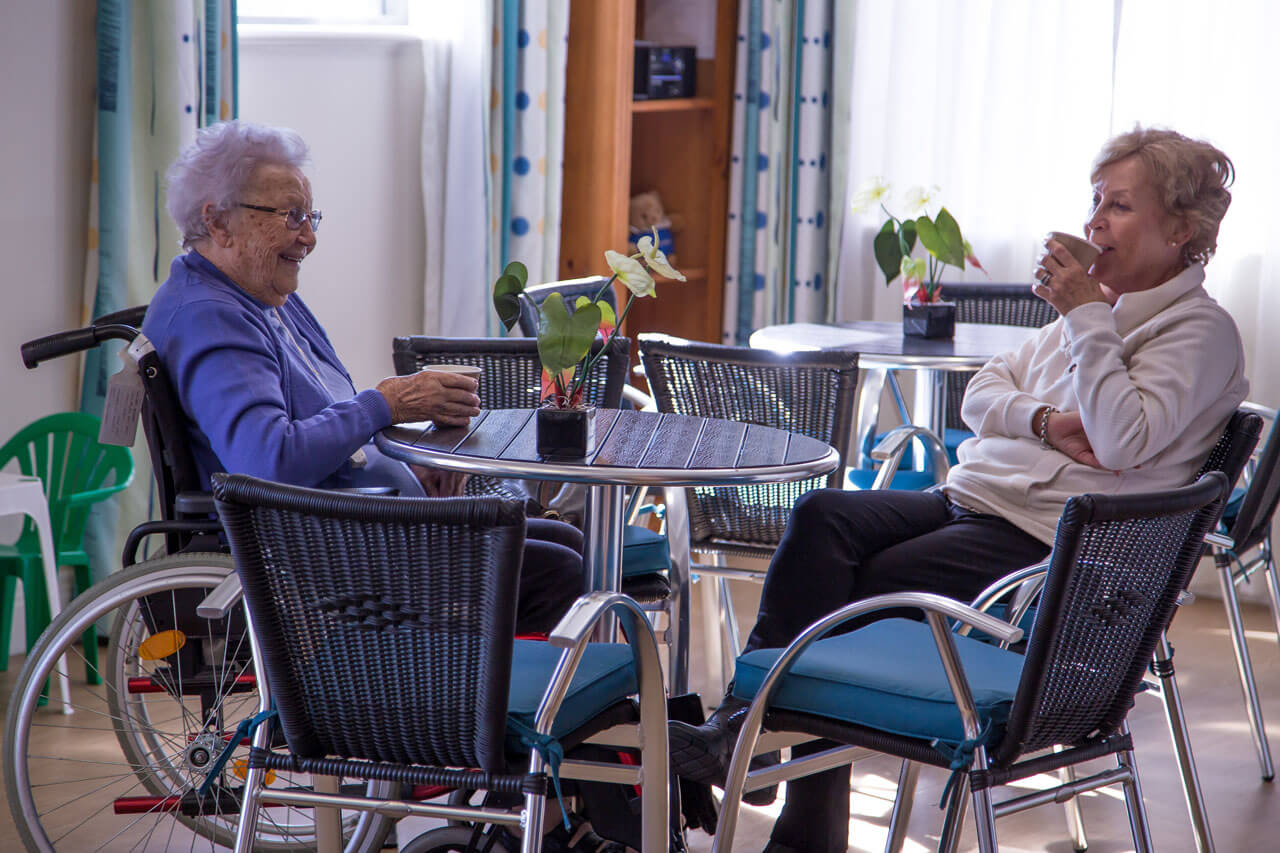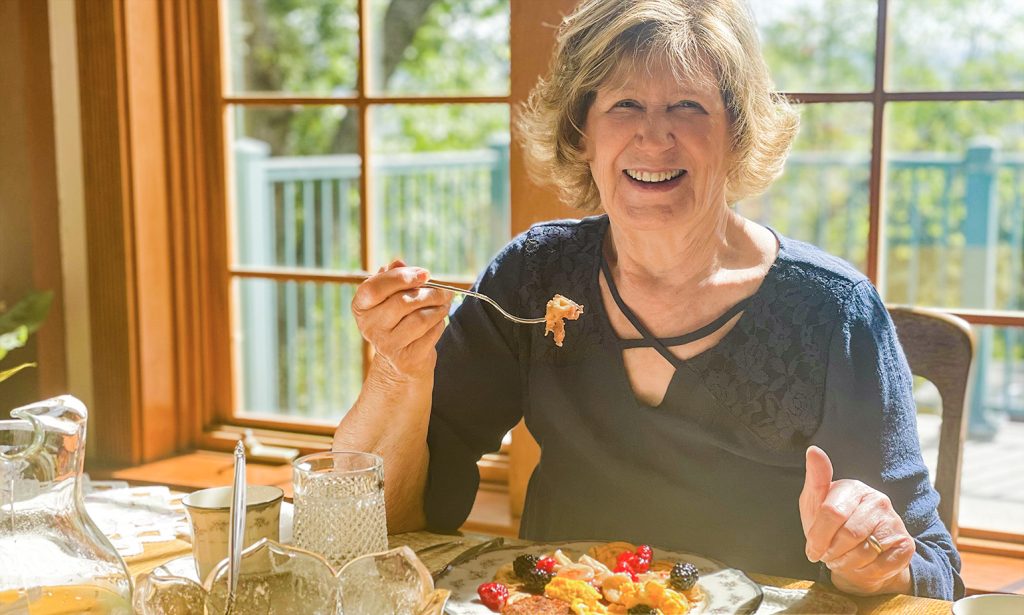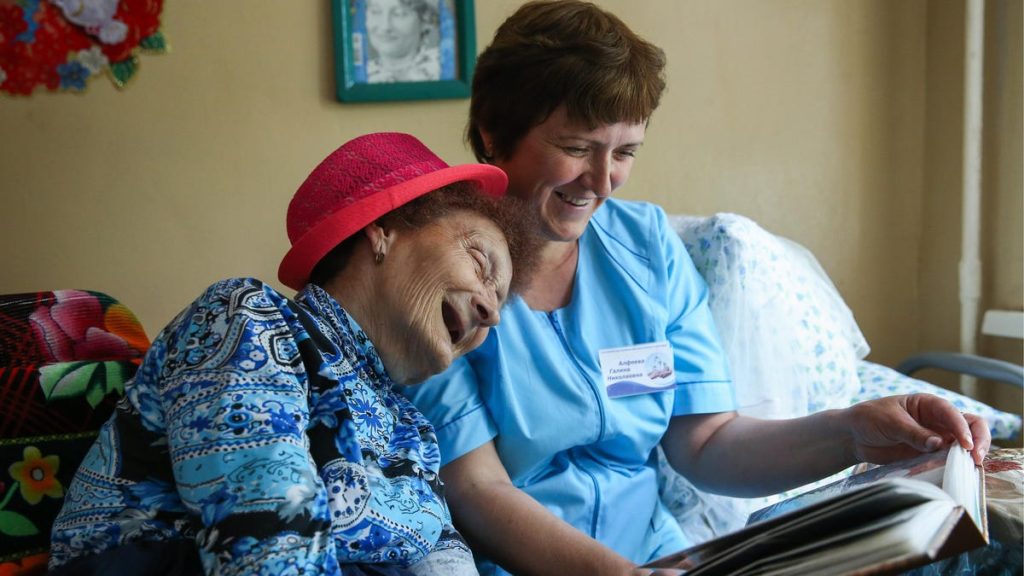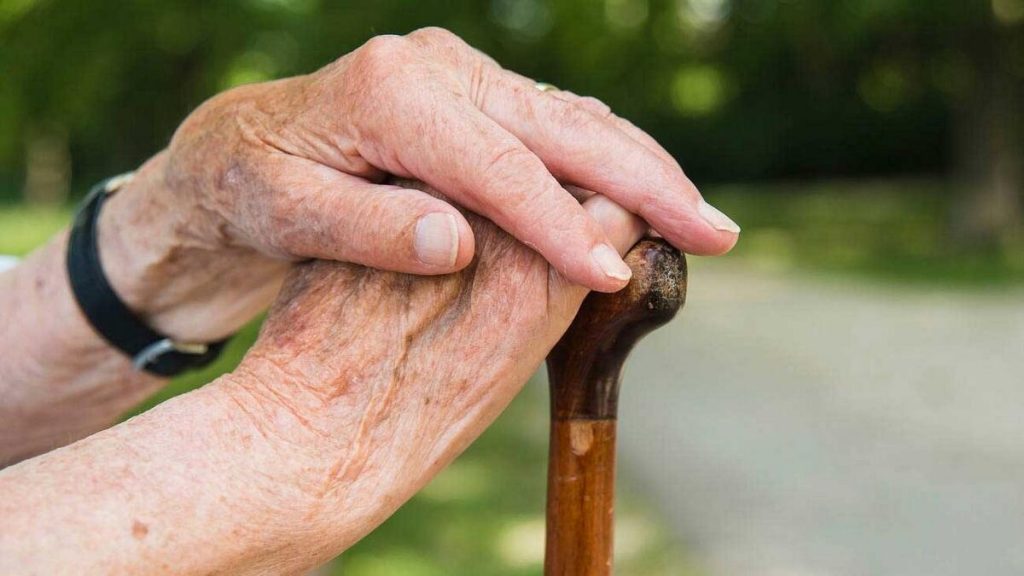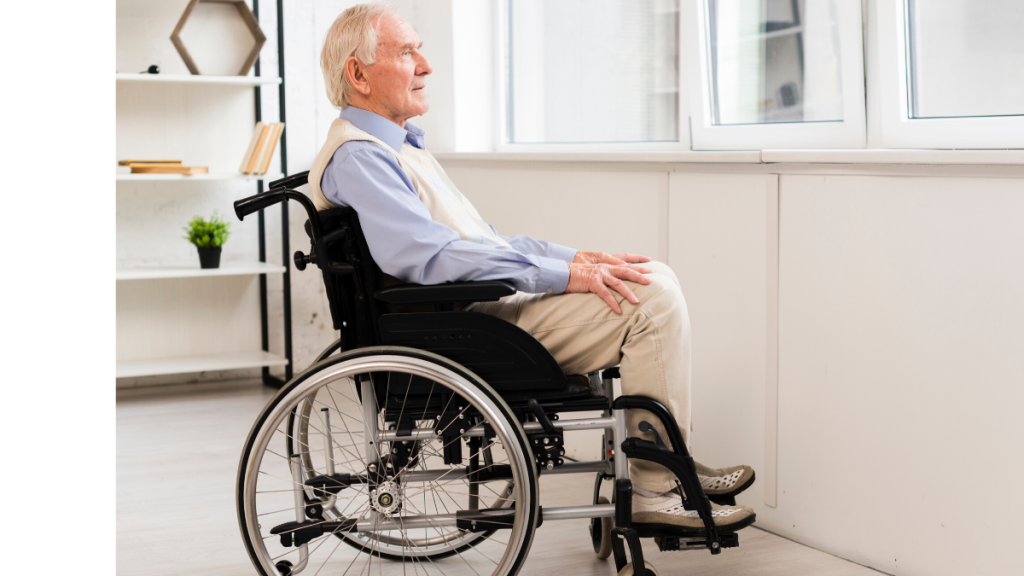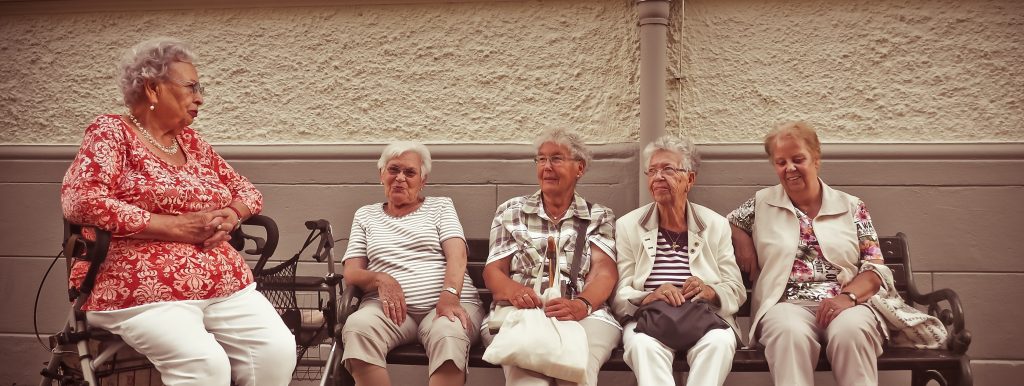As the elderly age, they can encounter a range of health issues. Some of these are physical, such as cardiovascular problems. The cardiovascular system changes with age, so the heart has to work harder to pump blood throughout the body. The heart also doesn’t pump blood as quickly during physical activities as it did in their younger years. This can increase the risk of cardiovascular diseases and high blood pressure.
Prevention
The elderly are vulnerable to many common health issues. They have weakened immune systems and often have multiple chronic medical conditions. As a result, they are more susceptible to pneumonia and other respiratory illnesses. Vaccines against these diseases can help to preserve the health of the elderly. You can get more information on wilmacliving.com about common health prevention in elderly.
Treatment
Medical problems in older people are complex and often involve multiple organ systems. Most often, these problems result from the degeneration or decreased function of the organ or system. They range from musculoskeletal problems caused by loss of muscle mass to diabetes and thyroid disorders. They can also include changes in vitamin D and calcium metabolism. In addition, many older patients experience mental or emotional issues that can have a negative impact on their quality of life.

Prevention of complications
Primary prevention is an important component of patient care. Physicians should be aware of the risks of developing certain diseases in the elderly, and they should tailor their approach accordingly. The American Academy of Family Physicians‘ (AAFP) 2002 Scientific Assembly in San Diego, California, focused on prevention strategies for the elderly.
Prevention of depression
Prevention of depression in the elderly is an important issue. Studies show that simple psychotherapeutic interventions can reduce the prevalence of this disorder by 30 percent. New health policies can be implemented to target the problem. Screening tools can help family health teams detect individuals at high risk for depression.
Prevention of hearing loss
Early detection is critical in preventing hearing loss in the elderly. Hearing loss can be caused by various factors, including high blood pressure, diabetes, chemotherapy drugs, and other health problems. It can also be caused by abnormalities of the middle and outer ear, including reduced functioning of the tympanic membrane.
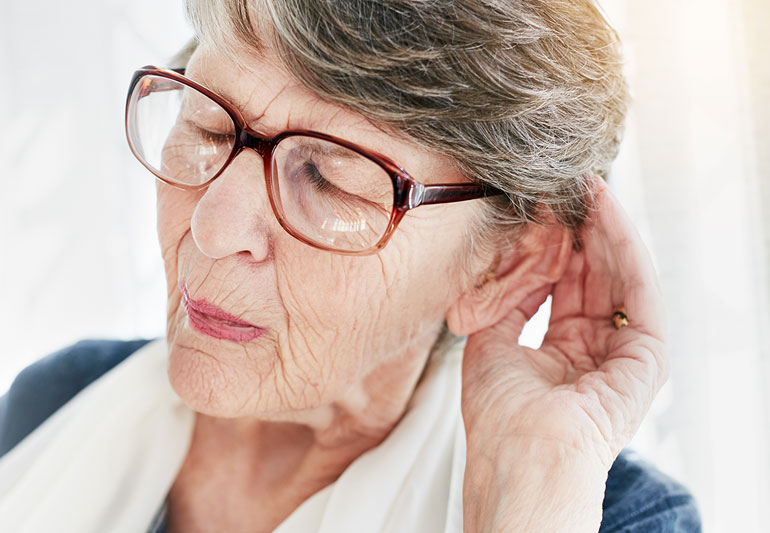
Prevention of heart disease
Prevention of heart disease in the elderly involves taking the necessary steps to prevent heart attacks, strokes, and heart disease in the elderly. This involves making a healthy lifestyle change, quitting smoking, and following a diet and exercise plan. These measures can prevent another heart attack, slow the progression of heart disease, and prevent early death.
Prevention of osteoporosis
There are several ways to prevent osteoporosis in the elderly. One is to ensure that you are physically active. This is important, because exercise helps build stronger bones. Make sure that you take an exercise program that is designed for your needs. If you are unable to exercise regularly, you should consult with a healthcare professional for guidance. Ideally, you should do exercises that involve weight-bearing. These exercises force the body to work against gravity, and this prompts the body to create new bone.
Prevention of shingles
Prevention of shingles in the elderly is crucial for both the health and quality of life of the elderly. The disease is a major health concern, with an increased risk of heart attack and stroke in those who are affected. The rash can also be painful and debilitating. If an outbreak occurs on the face or near the eyes, it can lead to permanent vision and hearing loss. Vaccines can reduce the severity of shingles, and early treatment can reduce the symptoms and improve the quality of life for both the elderly and their caregivers.
More to read:
Perception on Service Quality in Old Age Homes
How Does Growing Old Affect Sleep?
Guide to Latest Fashions Dresses Styles and Trends

